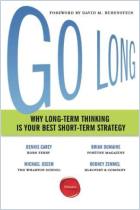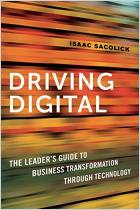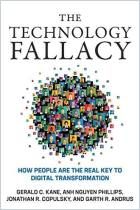McKinsey’s comprehensive and authoritative guide to digital and AI transformation serves as both playbook and reference. Authors Eric Lamarre, Kate Smaje and Rodney Zemmel draw from five years of McKinsey consultants’ work around the world, advising a bold, integrated approach that emphasizes the organization’s capabilities and people. Written for executives, its recommendations apply to organizations of all sizes – including large multinationals – and reflect current research and emerging best practices. Any executive preparing to lead transformation will find McKinsey’s blueprint essential.
To remain competitive, businesses will need to undertake constant, never-ending digital and AI transformation.
New technologies are constantly emerging and increasingly permeating every aspect of life. Some, such as cloud and AI, have wide-ranging effects; others bring about new architectures or transform software development. Still others – such as generative AI and edge computing – will exert unforeseeable effects. Businesses will have to evolve along with these technologies. Most leaders understand this: 89% have undertaken some form of digital transformation at their organizations.
But easier said than done. McKinsey’s 2022 global survey on digital transformation shows companies are reaping only a fraction of the benefits they seek – less than one-third of anticipated revenue lift and only one-quarter of expected cost savings. To gain the potential benefits of digital transformation, leaders must extend their initiatives beyond tech to encompass all organizational capabilities. Transformation favors the bold.
A successful transformation depends on foundational work, including a clear, detailed road map.
An implementation road map and associated financial...

























Comment on this summary or Comenzar discusión